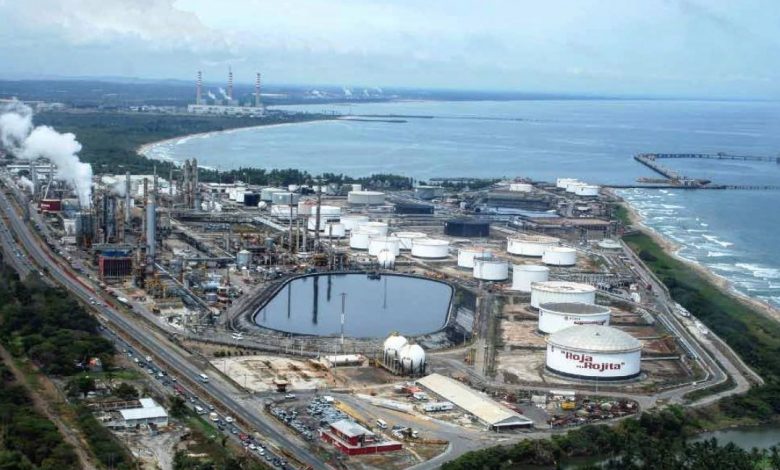Oil Down on Limited Trading
Oil extended losses after Saudi Arabia cut crude prices for Asian buyers, raising the prospect of fierce competition among sellers as the resurgence of Covid-19 continues to cloud the demand outlook.
Futures in New York fell 0.6% to below $69 a barrel. The kingdom cut the price of its flagship crude for October just days after OPEC+ agreed to continue boosting production. Traders were caught off guard by the Saudi move, attributing it to factors including increased competition and a desire to retain market share.
“The Saudis cut the price to Asia by more than expected,” said Ole Hansen, head of commodities strategy at Saxo Bank A/S. “This obviously raises speculation whether they’re looking for market share or whether they see a weak demand situation that requires a lower price in order to stay competitive.”
Oil’s sizzling rally over the first half of the year has been interrupted by the delta variant of the virus, which has led to renewed restrictions on mobility. Adding to bearish sentiment recently has been the readiness of governments to release strategic reserves, reducing the need for supplies from the market. Still, a significant chunk of U.S. production remains offline in the Gulf of Mexico following Hurricane Ida.
Last month, some Asian customers requested less crude from Saudi Arabia due to the demand impact from delta. For October, Saudi official prices for cargo sales to the U.S., northwest Europe and the Mediterranean were stable or little changed, pointing to the producer’s intent on prioritizing oil flows to Asia.
Prices:
West Texas Intermediate for October delivery dropped 40 cents to $68.89 a barrel by 12:59 p.m. in New York; trading limited due to U.S. Labor Day holiday.
Brent for November settled 39 cents lower at $72.22.
Traders are closely watching for the return of oil production and refineries affected by Ida. The U.S. gave a second refiner in Louisiana access to the country’s emergency crude stockpiles as most oil-producing platforms in the Gulf of Mexico aren’t back up.
It remains challenging for analysts and traders to form a cohesive picture of the global demand outlook due to the continuing spread of the virus. Fuel consumption in the U.S. has climbed to a record, European demand is rising while crude inventories at key storage hubs such as Saldanha Bay in South Africa have dipped, a sign that the pandemic-induced glut is quickly dissipating.
“The market will be looking for clues from the demand side as the Covid-19 variants are still spreading and are causing concerns over the trajectory of the oil demand recovery,” Rystad Energy’s head of oil markets, Bjornar Tonhaugen, wrote in a note.
(With assistance from Sharon Cho, Serene Cheong and Saket Sundria. © 2021 Bloomberg L.P.)







